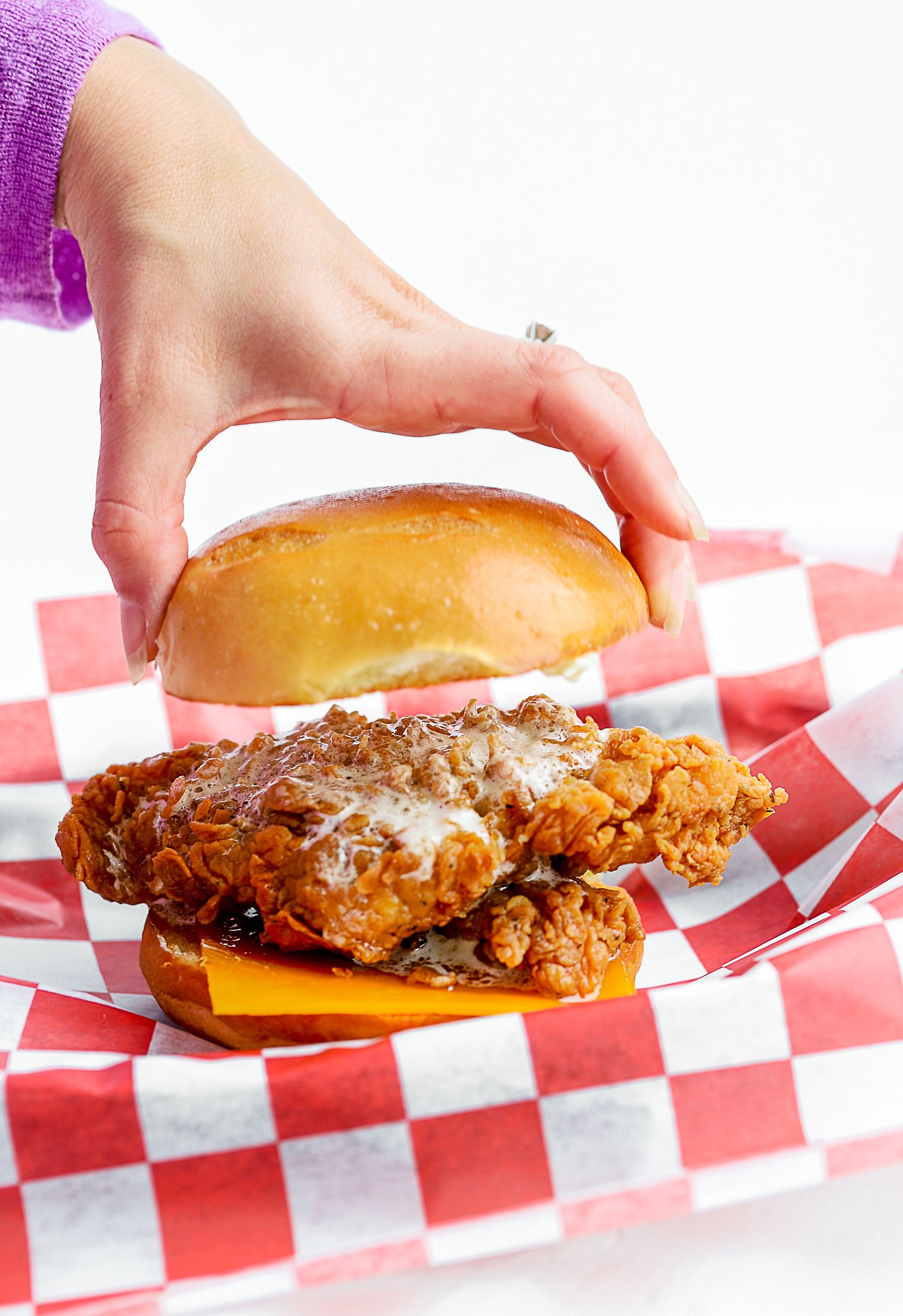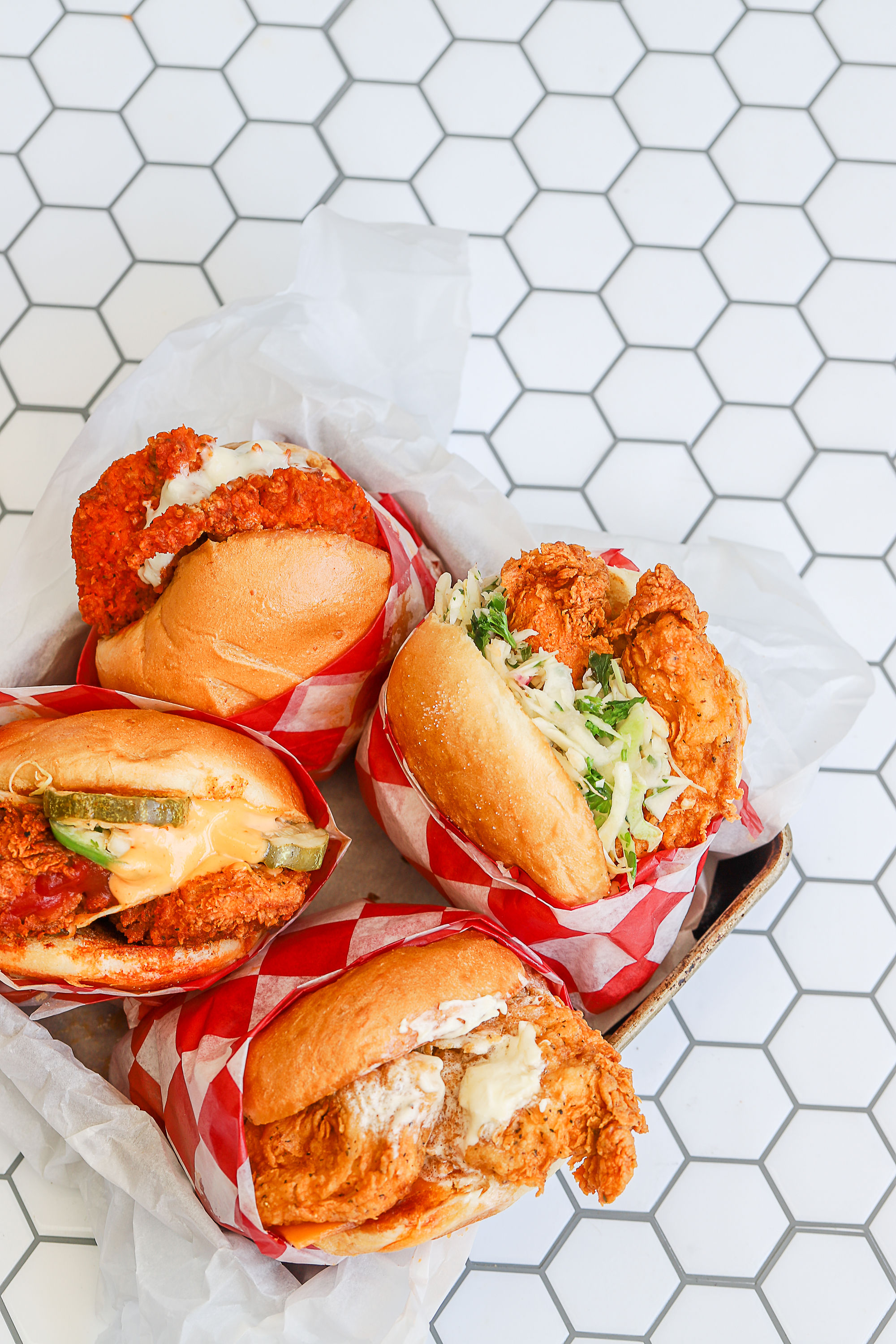meat.indah.link
Prosperity of all beef industry participants hinges critically upon consumer demand,” says Ted Schroeder, noted agricultural economist and director of the Center for Risk Management at Kansas State University (KSU).
“Every new dollar that enters the industry comes from the consumer. Without the consumer, we are out of business. It’s absolutely critical, as an industry, that we recognize that — and that we realize everyone in the industry plays an important role in demand formation,” Schroeder explains.
Related: Plan to grow demand
It’s too easy to think of beef as a singular commodity, rather than the sprawling array of specific products that comprise the market category. As such, it’s also often tempting to consider beef demand as one thing.
In fact, beef demand varies across the carcass at any given point in time for different primals, subprimals, specific cuts, ground beef and beef variety meats.
Related: Better beef quality drives stability in demand
For our purposes here, though, let’s focus on aggregate beef demand, depicted by the simple demand curve that is familiar to many.
Demand vs. consumption
First, keep in mind that demand is different than consumption.
Beef consumption — expressed as pounds of beef consumed per capita — is a function of beef production.
Glynn Tonsor, another noted KSU agricultural economist, explains that domestic beef consumption simply reflects beef availability. It is the sum of domestic beef production and imported beef, minus beef exports — for specific periods of time — divided by the U.S. population, with some minor adjustments made for beef in cold storage.
“If you increase population and nothing else, per capita consumption declines,” Tonsor explains. “If you increase supply and nothing else, per capita consumption increases. It says nothing about demand in either case.”
How demand works
Demand, on the other hand, refers to the quantity of beef consumers will buy at various prices. That’s what the demand curve depicts.
All else being equal, as the supply of beef increases, the price consumers will pay declines. As supplies decrease, consumers will typically pay more. Likewise, the basic supply curve suggests that as prices increase, more supply will be made available, and less as prices decrease.
In the parlance of economists, consumer demand for beef is referred to as primary demand.
“When consumer demand increases, consumers are willing to pay more for the same amount supplied, or they will buy more at the prevailing price,” Schroeder explains. There’s more quantity supplied and more beef demanded at higher prices.
Ultimately, variations in aggregate consumer beef demand support or pressure prices producers receive for fed cattle and feeders.
In fact, according to research by Melissa McKendree, Extension economist at Michigan State University, across decades, a 1% increase in beef demand typically yields a 1.52% increase in fed cattle prices and a 2.48% increase in feeder cattle prices. The opposite is true, too.
For illustration, suppose the average negotiated cash fed cattle price at a particular point is $125 per cwt, when the all fresh beef demand index is 89. If the index dropped to 84 a year later — demand declined by 5.6% — then McKendree’s work suggests the cash fed cattle price would be 8.5% less, or $114.38.
“That’s how stark the impact of demand is at the producer level,” Schroeder says.
Why the coronavirus matters
Demand is why the length and depth of the domestic economic recession spawned by COVID-19 matters so much to producer pocketbooks.
On the one hand, previous work done by Tonsor and Schroeder indicates consumers are becoming less price-sensitive when it comes to meat.
In other words, they’re less likely than they used to be to trade away from beef for a competing protein based on fluctuating price differences. At the same time, though, they’re also more sensitive to total food expenditures.
“If beef demand is more sensitive to income and expenditures, that means it’s becoming more sensitive to macroeconomic conditions,” Tonsor explains.
Related but different
Besides primary consumer beef demand, Schroeder explains there is what’s termed derived demand. Actually, there are several different derived demands (Figure 1). For purposes here, we’ll concentrate on beef flowing through the retail channel, but the same applies to beef destined for food service or export.

Understanding shifts in derived beef demand at specific points in time is complex. For instance, even when consumers are willing to pay more for beef, the retailer buying wholesale beef may not be.
Likewise, the packer may not be willing to pay more for fed cattle. The primary reason in the latter two cases has to do with cost.
Snug up the cerebral cinch
Derived demand by grocers reflects the prices they are willing to pay for a given quantity of beef at the wholesale level. There’s a retail beef price and a wholesale beef price.
“The difference in those prices in a competitive market is the cost of getting wholesale beef to the retail meat case for the consumer,” Schroeder explains.
“Costs include transportation, energy to keep the store going, labor, restocking, everything it takes to get beef from the back of the packing plant to the retail counter for consumers.”
Suppose those costs increase. Derived demand by the grocer declines, which equates to a lower wholesale price for the same quantity of beef supplied.
“The primary consumer isn’t changing their demand; it’s the wholesale demand,” Schroeder explains.
“Likewise, if costs decline — if energy costs decline, for instance, or if new technology is adopted that increases shelf life — that would shift derived demand by the grocer upward.”
Schroder explains the difference between derived packer demand and derived grocer demand is the cost the packer incurs to convert cattle into wholesale beef.
“Suppose the packer has a major labor shortage, and their costs for labor go up significantly. Nothing happens to primary consumer demand or derived grocer demand, but derived packer demand shifts down and farm prices for fed cattle decline,” he says.
Reality check
Market reaction in the wake of packer labor challenges spawned by the pandemic serves as a sterling example of how all of this plays out in reality.
Almost overnight, beef packing capacity declined significantly, as plants were forced to close or operate at slower speeds due to added safety precautions.
Sharply increased packer costs shoved derived packer demand lower, meaning lower prices for fed cattle.
At the same time, the quantity of beef supplied declined, pushing wholesale and retail beef prices higher.
“We heard a lot of questions about how it was possible that farm prices could decline while wholesale prices increased, if the market was even halfway functioning,” Schroeder says.
“It’s a market phenomenon. The direction of price change and the magnitude of change is exactly what our demand models suggested. We’re surprised by the veracity of the event every day, but we’re not surprised by what the market responses have been.”
Note: Schroeder and Tonsor shared these insights during the webinar series Intersection of the Cattle and Beef Industries, hosted by Extension services at North Dakota State University, Texas A&M University and West Virginia University’s Davis College of Agriculture. You can find the series at bit.ly/ndsuleiw.
The Link Lonk
September 28, 2020 at 02:00PM
https://ift.tt/3cOzlkU
Beef demand is everything - Beef Magazine
https://ift.tt/2RxTDX4
Beef


 DEMAND FOR BEEF: The COVID-19 pandemic has accelerated the demand for locally produced food, including locally raised beef.
DEMAND FOR BEEF: The COVID-19 pandemic has accelerated the demand for locally produced food, including locally raised beef.
















:no_upscale()/cdn.vox-cdn.com/uploads/chorus_asset/file/21919850/IMG_9561.jpg)
:no_upscale()/cdn.vox-cdn.com/uploads/chorus_asset/file/21919846/IMG_9596.jpg)
:no_upscale()/cdn.vox-cdn.com/uploads/chorus_asset/file/21919851/IMG_9608.jpg)
:no_upscale()/cdn.vox-cdn.com/uploads/chorus_asset/file/21919853/IMG_9610.jpg)
:no_upscale()/cdn.vox-cdn.com/uploads/chorus_asset/file/21920805/ACS_0612.jpg)
:no_upscale()/cdn.vox-cdn.com/uploads/chorus_asset/file/21919852/IMG_9504.jpg)
